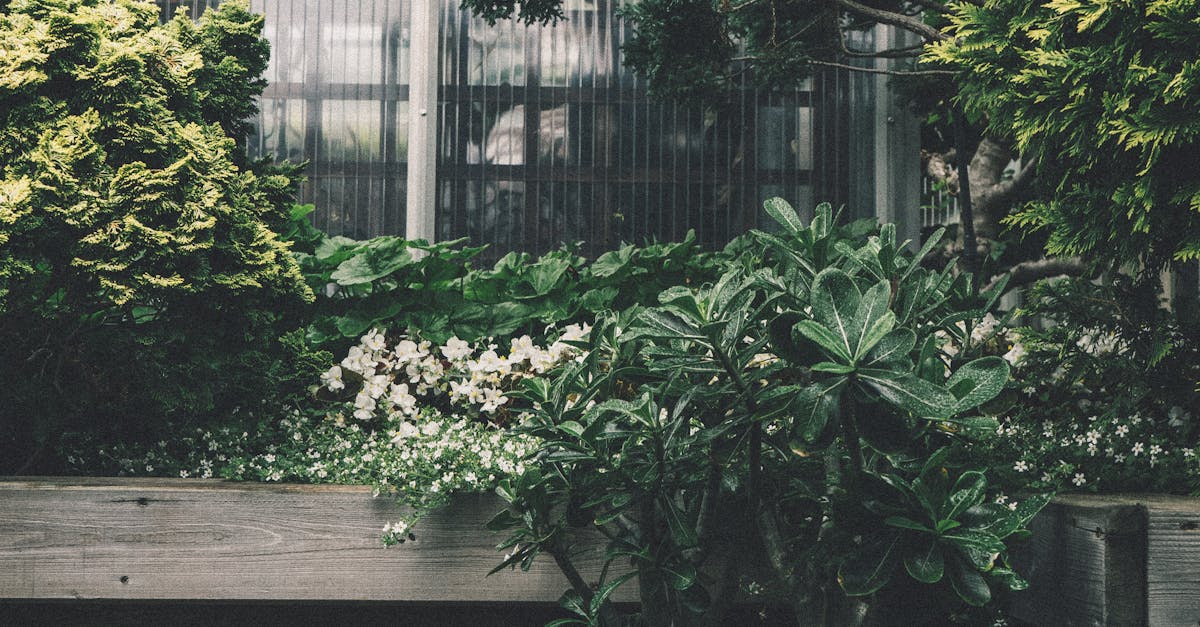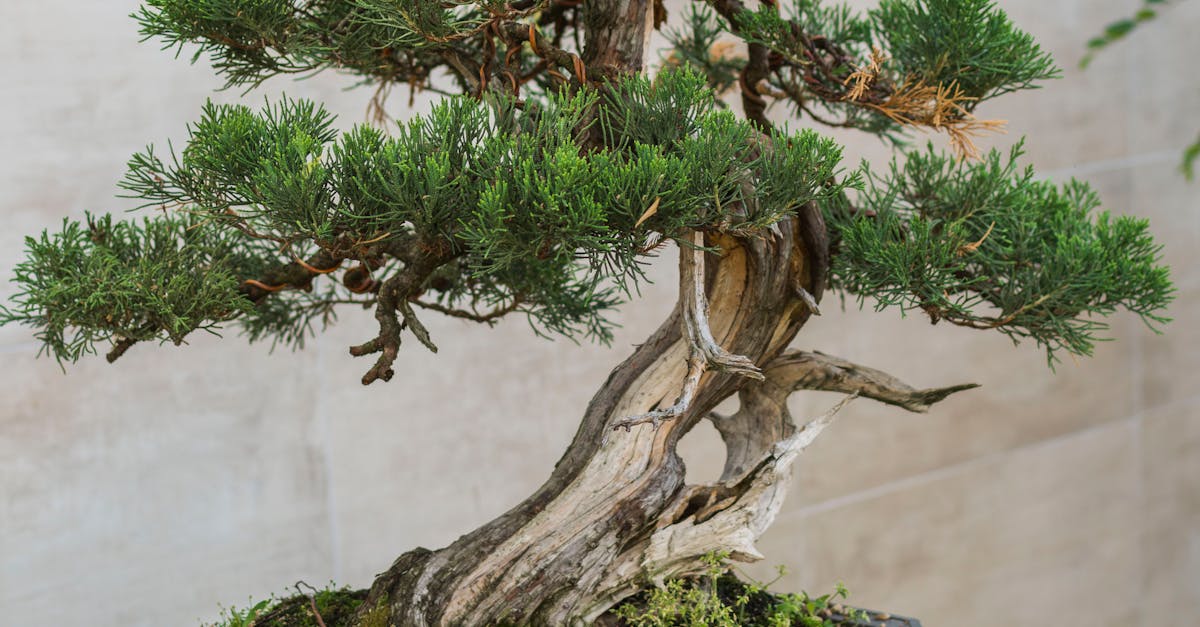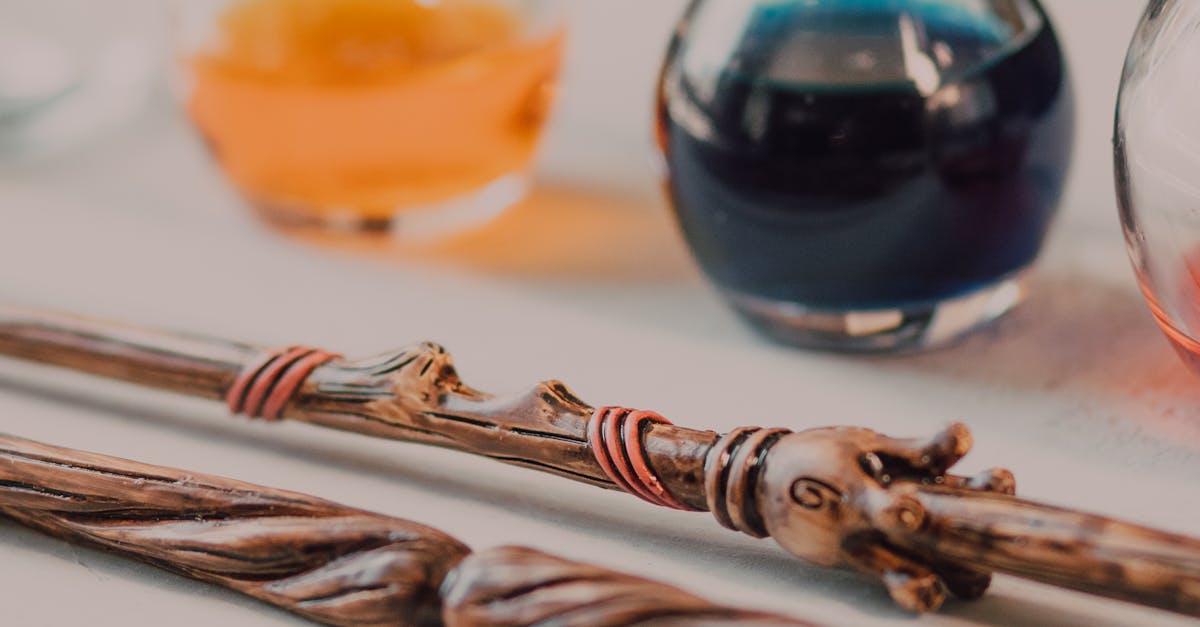The Maestro of Nature’s Canvas: Mauro Stemberger’s Italian Bonsai Legacy
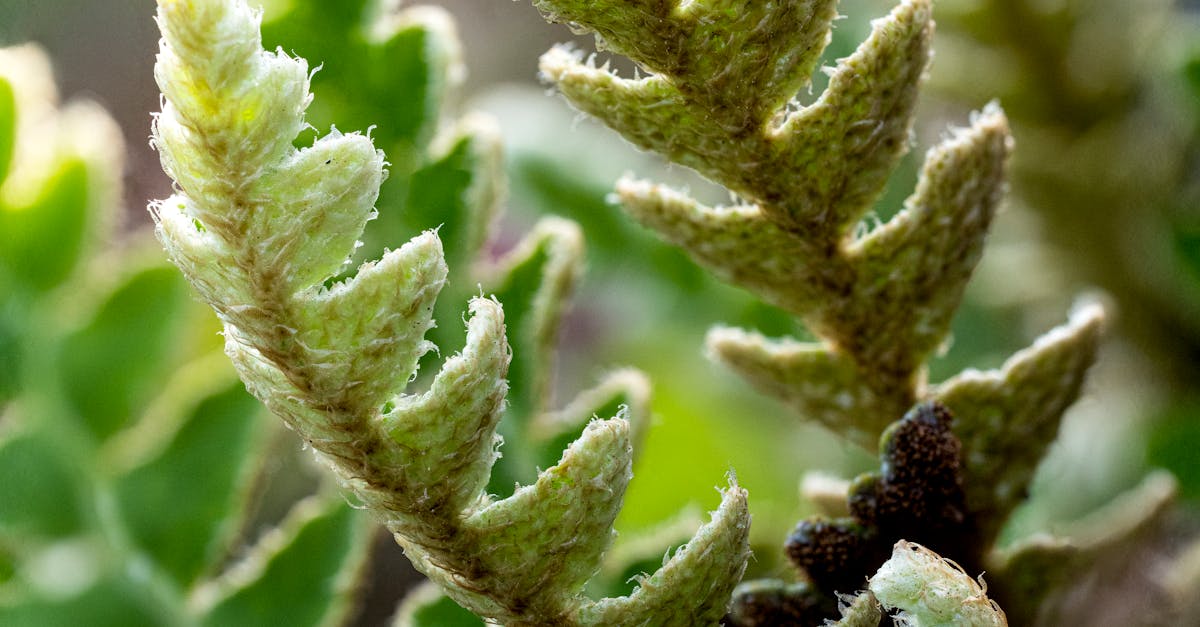
Mauro Stemberger, a leading figure in the world of bonsai and a master of Italian bonsai, has dedicated his life to cultivating the art form. His unique approach blends traditional Japanese techniques with Italian influences, reflecting his passion for both the art and science of bonsai. Stemberger’s bonsai creations are a testament to his deep understanding of plant biology and his unwavering commitment to the pursuit of beauty and harmony. Through his teaching, workshops, and exhibitions, he has inspired and influenced countless bonsai enthusiasts around the globe.
Rooted in a deep appreciation for nature, Stemberger’s bonsai embody the essence of wabi-sabi, the Japanese aesthetic that celebrates imperfection and impermanence. His trees appear as if they have weathered centuries of storms and seasons, showcasing the resilience and adaptability of nature. Stemberger’s meticulous attention to detail is evident in every aspect of his work, from the carefully shaped branches to the weathered bark and exposed roots. Each bonsai is a living work of art, a testament to his artistry and dedication.
Mauro Stemberger’s dedication to the preservation and growth of bonsai is commendable. His innovative and unique approach to the traditional art form has earned global admiration. Many aspire to adopt this approach due to its beauty and cultivation.
1. The Maestro of Italian Bonsai
Mauro Stemberger, a renowned maestro in the realm of bonsai, has dedicated his life to cultivating this art form. His passion for nature and artistic vision have led him to develop a unique style that blends traditional Japanese techniques with Italian influences. Stemberger’s bonsai creations are not mere miniatures; they are living sculptures that embody the essence of wabi-sabi, the Japanese aesthetic that celebrates imperfection and impermanence.
Born in Italy in 1967, Stemberger’s fascination with bonsai began at an early age. He was captivated by the delicate beauty and intricate forms of these miniature trees. As he delved deeper into the art, he sought guidance from renowned Japanese masters, eagerly absorbing their knowledge and techniques. However, Stemberger did not limit himself to tradition; he experimented with innovative approaches, incorporating native Italian elements and materials into his creations.
Stemberger’s artistic vision is evident in every aspect of his bonsai. He carefully selects tree species that possess natural grace and character. Through meticulous pruning, wiring, and shaping, he transforms these trees into living works of art. His bonsai often feature exposed roots, weathered bark, and gnarled branches, giving them the appearance of ancient trees that have withstood the test of time. Stemberger’s bonsai are not static objects; they evolve and change over time, reflecting the natural aging process.
Early Influences
Mauro Stemberger’s early encounters with bonsai ignited a passion that would shape the course of his life. Growing up in the picturesque Italian countryside, he was surrounded by the beauty of nature, which fostered a deep appreciation for the delicate balance and intricate forms found in the natural world. His fascination with bonsai began during a visit to a local nursery, where he was captivated by the miniature trees’ ability to encapsulate the essence of nature in a contained form.
Determined to learn more about this art form, Stemberger sought guidance from experienced mentors. He studied under renowned Japanese bonsai masters, including Masahiko Kimura and Kunio Kobayashi, who imparted their knowledge and techniques. Stemberger eagerly absorbed their teachings, developing a solid foundation in the traditional principles of bonsai. However, he did not limit himself to replicating traditional styles; he experimented with innovative approaches, incorporating elements from his Italian heritage and surroundings.
Stemberger’s formative experiences also included extensive travel and observation. He visited renowned bonsai collections in Japan and Europe, studying the work of master bonsai artists and immersing himself in the cultural context of bonsai. These experiences broadened his perspective and deepened his understanding of the art form’s history, aesthetics, and techniques.
Artistic Philosophy
Mauro Stemberger’s artistic philosophy is deeply rooted in the traditional principles of bonsai, emphasizing balance, harmony, and the expression of natural forms. His approach to bonsai is guided by the Japanese concept of wabi-sabi, an aesthetic that celebrates the beauty of imperfection and impermanence. Stemberger believes that bonsai should not merely imitate nature but should also reflect the artist’s own unique perspective and interpretation.
In his bonsai creations, Stemberger strives to capture the essence of nature’s grandeur and simplicity. He carefully selects tree species that possess inherent beauty and character, and through meticulous pruning, wiring, and shaping, he transforms them into living works of art. His bonsai often feature exposed roots, weathered bark, and gnarled branches, giving them the appearance of ancient trees that have withstood the test of time.
Stemberger’s bonsai are not static objects; they evolve and change over time, reflecting the natural aging process. He believes that bonsai should be viewed not as finished products but as dynamic works of art that continue to grow and develop. Through his artistic vision and dedication to preserving the natural beauty of his trees, Stemberger creates bonsai that transcend mere representation and become expressions of nature’s timeless beauty.
2. Japanese Influences and Italian Innovation
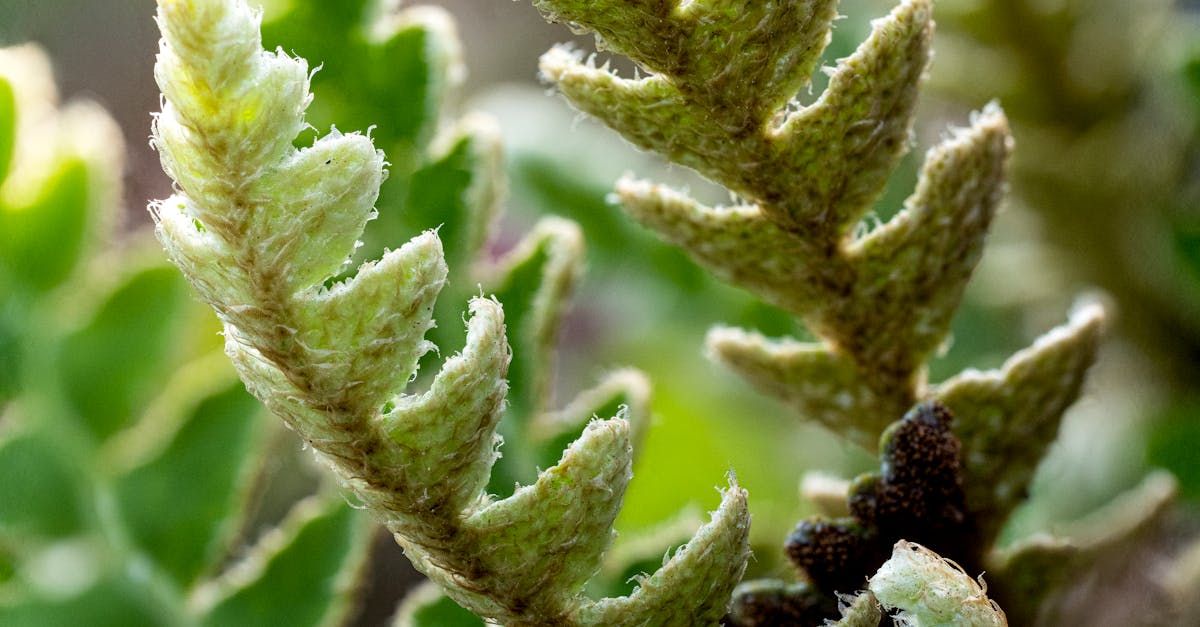
Mauro Stemberger’s approach to bonsai is a unique blend of traditional Japanese techniques and Italian innovation. While he respects and adheres to the fundamental principles of bonsai, he also incorporates elements from his Italian heritage and surroundings to create a style that is both distinctive and authentic.
Stemberger’s use of local materials is a key aspect of his innovative approach. He incorporates Italian stones, ceramics, and other natural elements into his bonsai compositions, creating a harmonious interplay between the tree and its surroundings. This fusion of Japanese and Italian aesthetics results in bonsai that are both visually striking and deeply rooted in their cultural context.
Furthermore, Stemberger is not afraid to experiment with new techniques and approaches. He believes that bonsai is a living art form that should evolve and adapt to changing times. While he draws inspiration from traditional Japanese masters, he also incorporates modern horticultural practices and technologies to enhance the health and vitality of his trees. Stemberger’s willingness to embrace innovation has earned him a reputation as a visionary in the world of bonsai.
Techniques and Practices
Mauro Stemberger’s bonsai techniques and practices are a testament to his deep understanding of the art form and his unwavering commitment to preserving its traditional principles. He meticulously applies Japanese wiring, pruning, and shaping techniques to create bonsai that are both aesthetically pleasing and botanically sound.
Stemberger’s approach to wiring is characterized by precision and attention to detail. He uses wire to guide the growth of branches and to create the desired shape and form. His wiring techniques are gentle and respectful of the tree’s natural growth patterns, ensuring that the wire does not damage the bark or restrict the flow of nutrients.
Stemberger’s pruning techniques are equally meticulous. He carefully selects branches to remove, considering their impact on the overall balance and composition of the bonsai. His pruning cuts are clean and precise, promoting the tree’s health and encouraging new growth. Stemberger also uses pruning to create jin and shari, techniques that involve exposing the inner wood of the tree to create the illusion of age and maturity.
In all aspects of his work, Stemberger adheres to the Japanese principles of bonsai, which emphasize harmony, balance, and the expression of nature’s beauty. His bonsai are not merely decorative objects; they are living works of art that embody the essence of wabi-sabi, the Japanese aesthetic that celebrates the beauty of imperfection and impermanence.
итальянское творчество
Mauro Stemberger’s Italian heritage and surroundings have a profound influence on his bonsai creations. He incorporates local materials, textures, and design elements to create bonsai that are both unique and deeply rooted in their cultural context.
One of the most striking features of Stemberger’s bonsai is his use of local stones. He carefully selects stones from the Italian countryside, considering their shape, texture, and color. These stones are not merely decorative elements; they play an integral role in the composition of the bonsai, providing a sense of stability and grounding. Stemberger also uses Italian ceramics to create unique pots for his bonsai. These pots are often handcrafted and feature traditional Italian designs, adding a touch of elegance and sophistication to his compositions.
In addition to using local materials, Stemberger also incorporates Italian design elements into his bonsai. He draws inspiration from the Renaissance and Baroque periods, incorporating elements such as symmetry, balance, and grandeur into his compositions. Stemberger’s bonsai are not merely miniature trees; they are works of art that reflect the rich cultural heritage of Italy.
3. Botanical Mastery
Mauro Stemberger’s deep understanding of plant science is evident in all aspects of his bonsai cultivation. He carefully selects tree species that are well-suited to the art form, considering their natural growth patterns, foliage characteristics, and adaptability to bonsai conditions. Stemberger also has a thorough knowledge of soil composition and horticultural techniques, which he applies to ensure the health and vitality of his trees.
Stemberger’s understanding of plant science informs his approach to every aspect of bonsai cultivation, from selecting the right tree species to creating the ideal growing environment. He carefully considers the natural growth patterns of each tree and uses pruning, wiring, and other techniques to guide its development into a harmonious and aesthetically pleasing form. Stemberger also pays close attention to soil composition, drainage, and watering, ensuring that his trees receive the nutrients and moisture they need to thrive.
Stemberger’s botanical mastery is not limited to theoretical knowledge; it is evident in the health and vigor of his bonsai. His trees are not merely shaped and pruned to fit a preconceived notion of beauty; they are cultivated with a deep understanding of their biological needs. As a result, Stemberger’s bonsai are not only visually stunning but also botanically sound.
Species Selection
Mauro Stemberger’s careful selection of tree species is a testament to his deep understanding of bonsai and his commitment to cultivating healthy and aesthetically pleasing trees. He considers a wide range of factors when choosing a tree species for bonsai, including its natural growth patterns, foliage characteristics, and adaptability to bonsai conditions.
Stemberger prefers to use tree species that have naturally small leaves and compact growth habits. This allows him to create miniature trees that are in proportion to their containers. He also considers the tree’s branching structure and root system, selecting species that can be easily shaped and trained into the desired form.
In addition to these practical considerations, Stemberger also takes into account the aesthetic qualities of different tree species. He selects trees with attractive foliage, bark, and flowers, ensuring that his bonsai are not only visually appealing but also botanically interesting.
Soil Preparation and Management
Mauro Stemberger’s approach to soil preparation and management is essential to the health and vitality of his bonsai trees. He uses a well-draining soil mix that is rich in organic matter and nutrients. This mix provides the trees with the support and nourishment they need to thrive in their miniature environments.
Stemberger’s soil mix typically consists of a combination of akadama (a type of Japanese volcanic rock), pumice, and organic matter such as compost or peat moss. He also adds small amounts of bone meal or other organic fertilizers to provide the trees with essential nutrients. The proportions of each component vary depending on the specific tree species and its needs.
Stemberger carefully monitors the pH level of his soil to ensure that it is within the optimal range for bonsai trees. He uses pH test kits to measure the soil pH and adjusts it as needed using lime or sulfur. Proper pH levels are crucial for nutrient uptake and overall tree health.
4. Bonsai as Living Art

Mauro Stemberger’s bonsai are not static objects; they are living works of art that evolve and change over time. He views bonsai as a continuous process, a collaboration between the artist and nature. Stemberger’s goal is not to create a perfect, finished product, but rather to capture the essence of nature’s beauty and impermanence in miniature form.
As his bonsai age, Stemberger uses various techniques to create the illusion of maturity and age. He carves bark to create the appearance of weathered trees, exposes roots to mimic the effects of erosion, and creates jin (deadwood) to add character and interest. Stemberger’s bonsai are not meant to be perfect representations of nature; rather, they are interpretations of nature’s beauty and resilience.
Stemberger’s bonsai are a testament to the dynamic nature of art. They are not static objects, but rather living, breathing works that continue to evolve and change over time. Stemberger’s dedication to his craft and his deep understanding of nature allow him to create bonsai that are not only beautiful but also充滿活力and充满生命力.
The Aging Process
Mauro Stemberger uses a variety of techniques to create the appearance of age and maturity in his bonsai. These techniques include bark carving, root exposure, and jin creation.
Bark carving is a technique in which Stemberger uses a sharp knife to carve intricate patterns into the bark of his bonsai trees. This creates the illusion of weathered bark, which is a common feature of old trees in nature. Stemberger is careful to carve only the outer layer of bark, avoiding damage to the inner cambium layer.
Root exposure is another technique used by Stemberger to create the appearance of age. He carefully exposes the roots of his bonsai trees by removing the soil around them. This creates a natural look, as the roots of old trees are often exposed due to erosion and other factors. Stemberger also uses root exposure to create interesting and dynamic compositions.
Jin is a Japanese term for deadwood. Stemberger creates jin by removing the bark and cambium layer from branches, leaving only the deadwood behind. Jin adds character and interest to bonsai trees, and it can also be used to create the illusion of age. Stemberger is careful to create jin in a way that is both aesthetically pleasing and botanically sound.
Maintenance and Refinement
Mauro Stemberger’s bonsai require ongoing care and maintenance to maintain their health and beauty. This includes watering, fertilization, and regular trimming.
Watering is one of the most important aspects of bonsai care. Stemberger waters his bonsai trees regularly, but the frequency of watering depends on a number of factors, such as the tree species, the size of the pot, and the climate. Stemberger uses a moisture meter to check the soil moisture level before watering. He also pays attention to the appearance of the leaves; wilting leaves are a sign that the tree needs water.
Fertilization is another important aspect of bonsai care. Stemberger fertilizes his bonsai trees regularly with a balanced fertilizer. The frequency of fertilization depends on the tree species and the time of year. Stemberger uses a slow-release fertilizer to ensure that the trees receive a steady supply of nutrients.
Regular trimming is essential to maintain the shape and size of bonsai trees. Stemberger trims his bonsai trees regularly, removing any unwanted branches or leaves. He also uses trimming to encourage the growth of new branches and to develop the desired shape of the tree. Stemberger is careful to trim his bonsai trees in a way that is both aesthetically pleasing and botanically sound.
5. Legacy and Inspiration
Mauro Stemberger is a highly respected and influential figure in the bonsai community. He has dedicated his life to the art form, and his contributions have had a profound impact on the way bonsai is practiced around the world.
Stemberger is a gifted teacher and his workshops are always in high demand. He is passionate about sharing his knowledge and skills with others, and he has taught countless people the art of bonsai. Stemberger’s teaching style is patient and encouraging, and he is always willing to share his insights and techniques.
Stemberger has also written several books on bonsai, which have been translated into multiple languages. His books are a valuable resource for bonsai enthusiasts of all levels, and they have helped to spread the popularity of bonsai around the world.
In recognition of his outstanding contributions to the art of bonsai, Stemberger has received numerous awards and honors. He has been awarded the prestigious Kunio Kobayashi Award, the highest honor in the bonsai world. Stemberger has also been featured in numerous publications and documentaries, and his work has been exhibited in museums and galleries around the world.
International Recognition
Mauro Stemberger’s participation in international exhibitions and his numerous awards have brought global recognition to Italian bonsai. He has exhibited his bonsai trees at some of the most prestigious bonsai exhibitions in the world, including the World Bonsai Convention and the Kokufu Bonsai Exhibition in Japan. Stemberger’s bonsai have consistently won awards at these exhibitions, including the Prime Minister’s Award at the World Bonsai Convention.
Stemberger’s international recognition has helped to raise the profile of Italian bonsai and to inspire a new generation of bonsai artists. He has been invited to give workshops and demonstrations all over the world, and his work has been featured in numerous publications and documentaries. Stemberger is a true ambassador for Italian bonsai, and his contributions to the art form have had a lasting impact on the global bonsai community.
In addition to his international recognition, Stemberger has also received numerous awards in Italy. He has been awarded the prestigious Premio Nazionale Bonsai, the highest honor in Italian bonsai. Stemberger has also been recognized by the Italian government for his contributions to the art form.
Teaching and Mentorship
Mauro Stemberger is a dedicated teacher and mentor, and he is passionate about sharing his knowledge and skills with others. He has taught countless people the art of bonsai, both in Italy and around the world. Stemberger’s teaching style is patient and encouraging, and he is always willing to share his insights and techniques.
Stemberger offers a variety of workshops and demonstrations, both in Italy and internationally. His workshops are always in high demand, and they provide students with an opportunity to learn from a master bonsai artist. Stemberger also gives regular demonstrations at bonsai exhibitions and conventions.
In addition to his workshops and demonstrations, Stemberger has also written several books on bonsai. His books are a valuable resource for bonsai enthusiasts of all levels, and they have helped to spread the popularity of bonsai around the world. Stemberger’s books are clear and concise, and they are filled with beautiful photographs and illustrations.
Stemberger’s dedication to teaching and mentorship has had a profound impact on the bonsai community. He has inspired a new generation of bonsai artists, and he has helped to raise the profile of Italian bonsai on the world stage.
What is the difference between Japanese and Italian bonsai?
Japanese bonsai typically follow traditional Japanese aesthetics and techniques, emphasizing balance, harmony, and the expression of nature’s beauty. Italian bonsai, while influenced by Japanese techniques, also incorporate elements of Italian design and culture, such as the use of local materials and textures.
What are some of the most popular tree species used for bonsai?
Popular tree species used for bonsai include juniper, pine, maple, elm, and ficus. These species are prized for their small leaves, compact growth habits, and adaptability to bonsai conditions.
How do I care for my bonsai tree?
Bonsai trees require regular care and maintenance to stay healthy and beautiful. This includes watering, fertilizing, and pruning. The specific care requirements will vary depending on the tree species and the climate.
Where can I learn more about bonsai?
There are many resources available to learn more about bonsai, including books, websites, and workshops. You can also find local bonsai clubs and societies where you can connect with other bonsai enthusiasts and learn from experienced practitioners.


